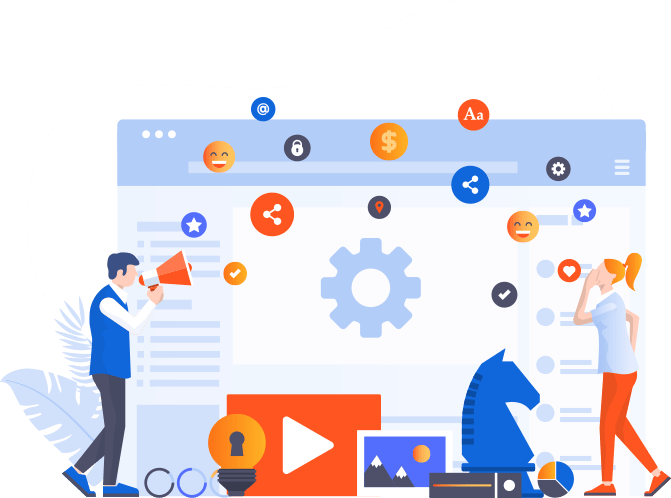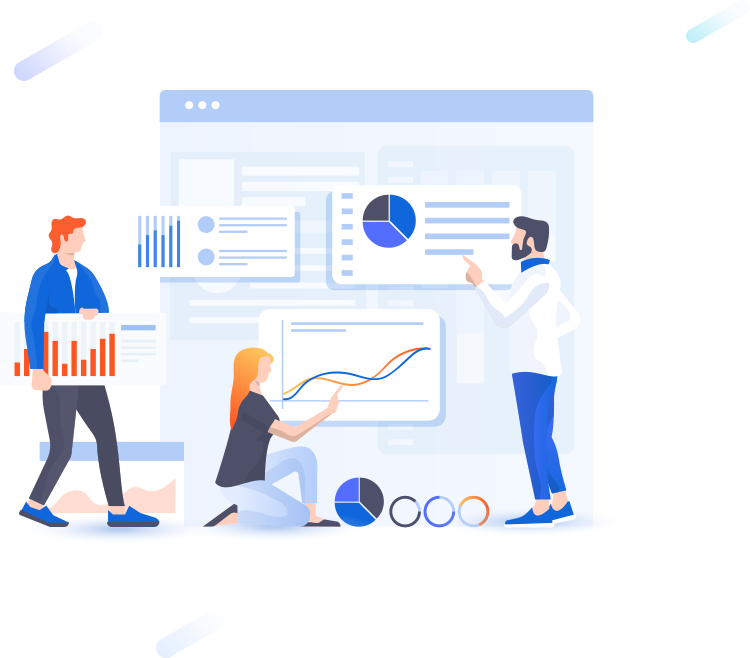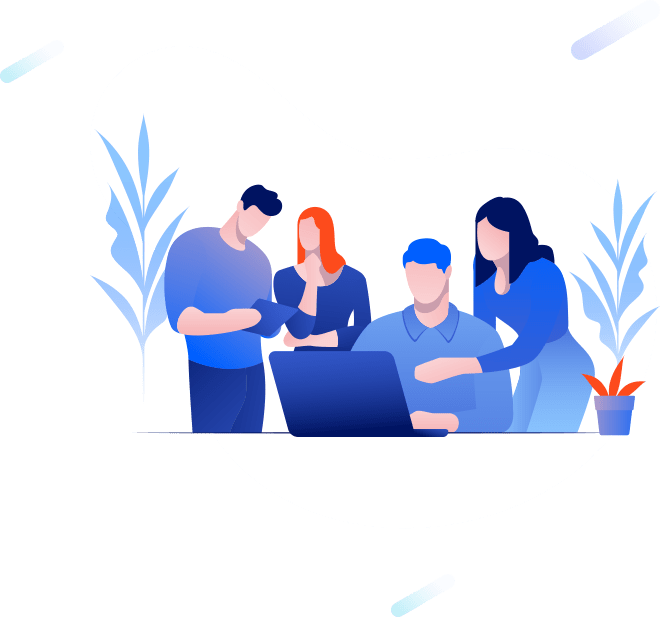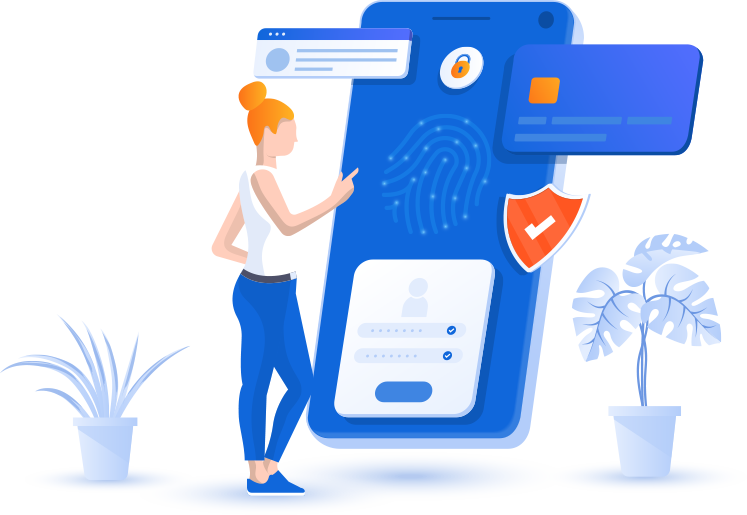Our Process
- Home
- Our Process
how to get started
Few Simple Steps
for Successful Business

01

Project Introduction
We’re a team of non-cynics who truly care for our work and for each other.

02

Research & Concept
We’re a team of non-cynics who truly care for our work and for each other.
03

Project Termination
We’re a team of non-cynics who truly care for our work and for each other.
What is Content Marketing?
At their core, keywords are one of — if not the most — single important component of a successful SEO campaign. Keywords refer to the words typed into a search box – be it on Google, Bing, or Yahoo. However, there is much more to keywords than just that.
The keywords typed into a search box reveal certain details about customers and how they go about searching for things. Knowing this, it’s important to target keywords that mimic your customer’s minds and search tendencies.

What is Web Development?
At their core, keywords are one of — if not the most — single important component of a successful SEO campaign. Keywords refer to the words typed into a search box – be it on Google, Bing, or Yahoo. However, there is much more to keywords than just that.
The keywords typed into a search box reveal certain details about customers and how they go about searching for things. Knowing this, it’s important to target keywords that mimic your customer’s minds and search tendencies.

What is App Development?
At their core, keywords are one of — if not the most — single important component of a successful SEO campaign. Keywords refer to the words typed into a search box – be it on Google, Bing, or Yahoo. However, there is much more to keywords than just that.
The keywords typed into a search box reveal certain details about customers and how they go about searching for things. Knowing this, it’s important to target keywords that mimic your customer’s minds and search tendencies.

What is SEO Optimization?
At their core, keywords are one of — if not the most — single important component of a successful SEO campaign. Keywords refer to the words typed into a search box – be it on Google, Bing, or Yahoo. However, there is much more to keywords than just that.
The keywords typed into a search box reveal certain details about customers and how they go about searching for things. Knowing this, it’s important to target keywords that mimic your customer’s minds and search tendencies.

What is Web Development?
At their core, keywords are one of — if not the most — single important component of a successful SEO campaign. Keywords refer to the words typed into a search box – be it on Google, Bing, or Yahoo. However, there is much more to keywords than just that.
The keywords typed into a search box reveal certain details about customers and how they go about searching for things. Knowing this, it’s important to target keywords that mimic your customer’s minds and search tendencies.

What is PCC Advertising?
At their core, keywords are one of — if not the most — single important component of a successful SEO campaign. Keywords refer to the words typed into a search box – be it on Google, Bing, or Yahoo. However, there is much more to keywords than just that.
The keywords typed into a search box reveal certain details about customers and how they go about searching for things. Knowing this, it’s important to target keywords that mimic your customer’s minds and search tendencies.

choose your plan
Flexible Pricing Plans
We have experience working with large and small businesses and are ready to
develop a targeted strategy and plan that’s just right for you.
develop a targeted strategy and plan that’s just right for you.
Standard


$ 69.99
Monthly Package
- Social Media Marketing
- 2.100 Keywords
- One Way Link Building
- 5 Free Optimization
- 3 Press Releases
Economy


$ 79.99
Monthly Package
- Social Media Marketing
- 3.100 Keywords
- One Way Link Building
- 10 Free Optimization
- 5 Press Releases
Executive


$ 89.99
Monthly Package
- Social Media Marketing
- 5.100 Keywords
- One Way Link Building
- 15 Free Optimization
- 10 Press Releases
